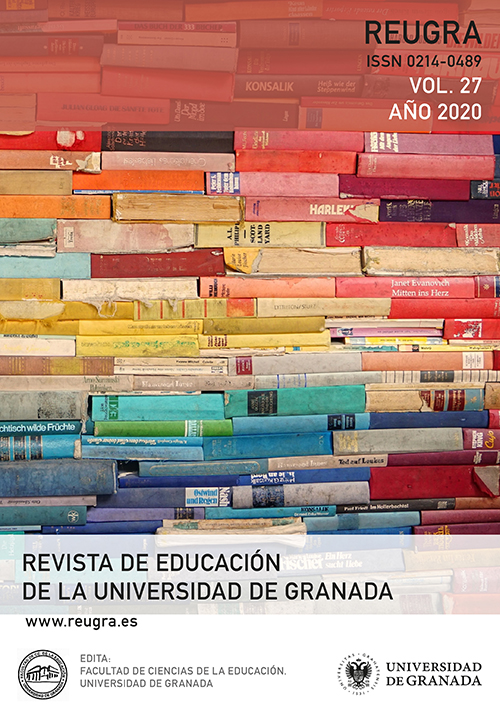Digital competence of non-university foreign language teachers and its entailment with communicative and sociolinguistic competences
Main Article Content
Abstract
New technologies have transformed the world into global networks, into virtual communities of information. Such vertiginous changes have taken us to the knowledge society, leaving the principles of the Industrial Revolution behind.
The teaching profession does not seem to have changed together with the current times. Schools still aim to respond to the needs of the Enlightenment society with XXI-century tools. The prevailing school has not evolved from a modern society coming from the Industrial Revolution to a postmodern society imbued with the advancement of the media and new technologies, in which emotions predominate over concepts.
This new society has meant a change in the students, born immersed in the use of new technologies, using them both inside and outside the classroom for any activity of their daily lives. They are called «digital natives» (Prenski, 2001). The students of the current school present different ways of perceiving and knowing, new attitudes and emerging values, a rational capacity that gives way to the symbolic. The new training of non-university teaching staff must take the new student into account, and define methodologies and educational content that reflect these changes.
This research article is an analysis of the training of non-university teachers in general, and second language teachers in particular, deepening in the development of their key skills as a teacher, especially the digital competence, making a review of the literature related to the subject.



